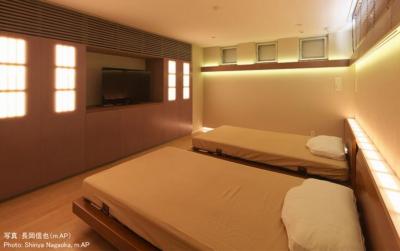NTHU develops an efficient and long lasting bluelight-free tandem OLED device
Taiwan's National Tsing-Hua University (NTHU) Professor Jou and Dr. Wen have been developing OLED lighting technologies for many years, focusing on healthy bluelight-free OLEDs (so-called candle-light OLEDs) due to the hazards of modern lighting.
The researchers now report they have developed a new tandem-OLED device that improves the efficiency and lifetime of their candle-light OLEDs. The OLED's emission is totally blue-light free, which makes it even safer compared to NTHU's first-gen candle-light OLEDs.











